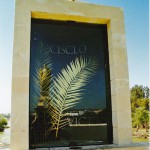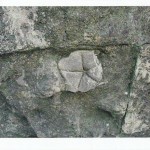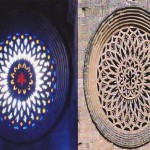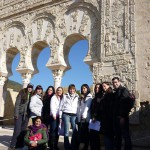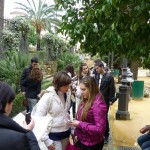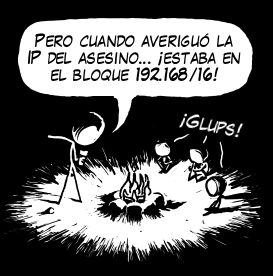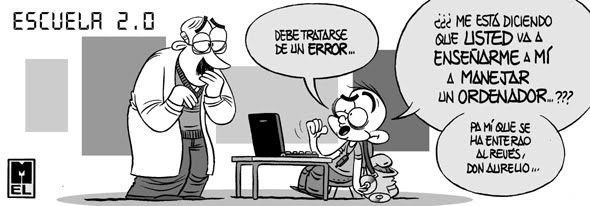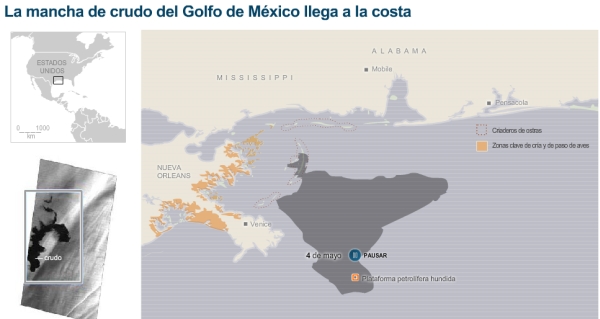Buen momento, aprovechando la convocatoria de estos premios del presente curso, para revisar los materiales premiados en años anteriores.
Tal como nos cuentan desde el Blog de Buenas Prácticas 2.0, también existe la posibilidad de descargarse los mismos y grabarlos en CD. Allí encontraréis las instrucciones.

 En el
En el 